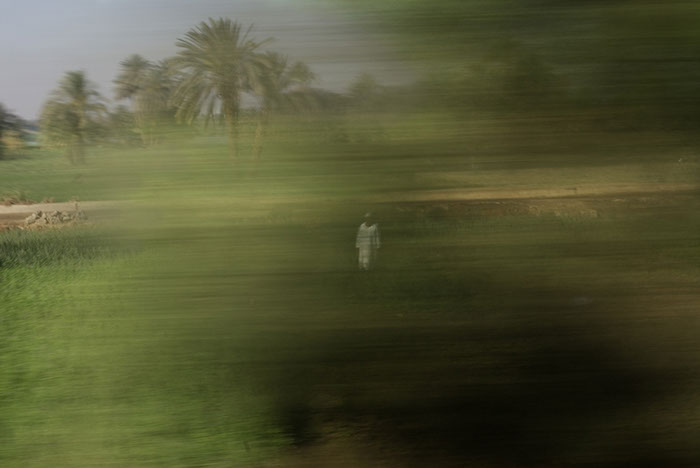
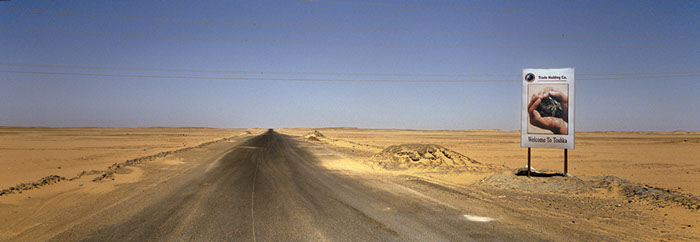
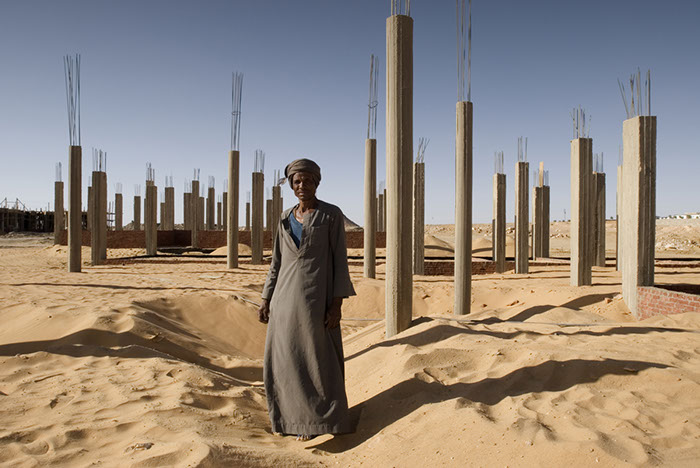
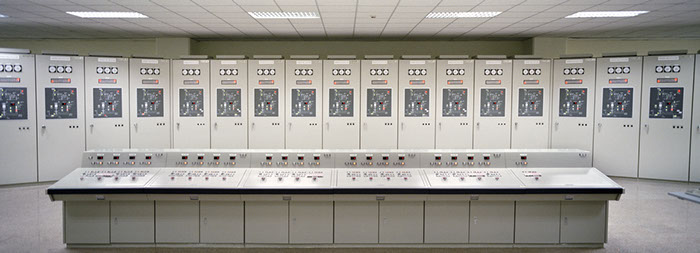
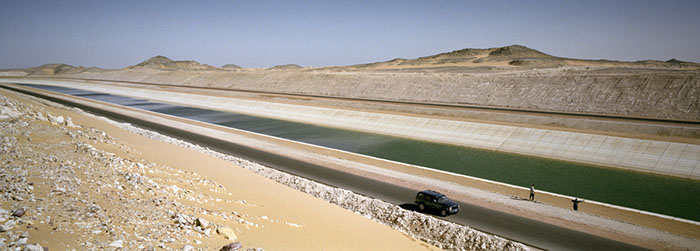
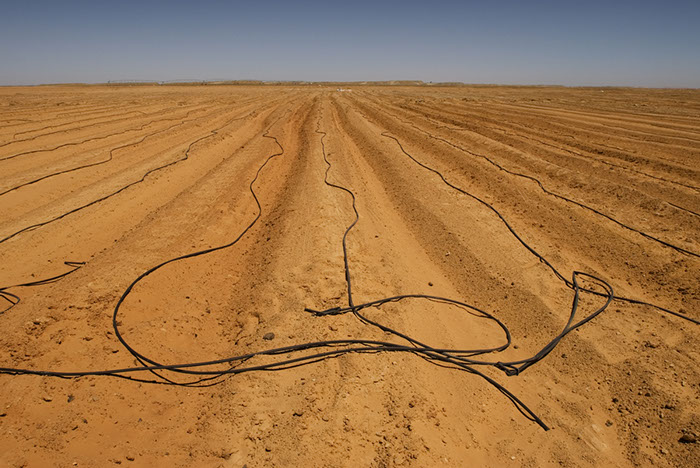
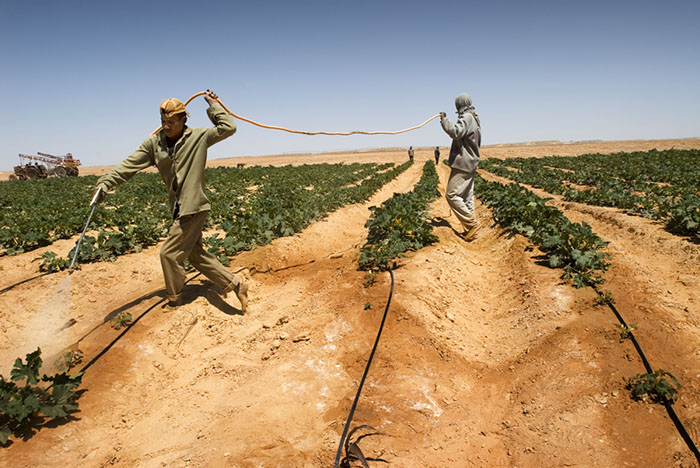
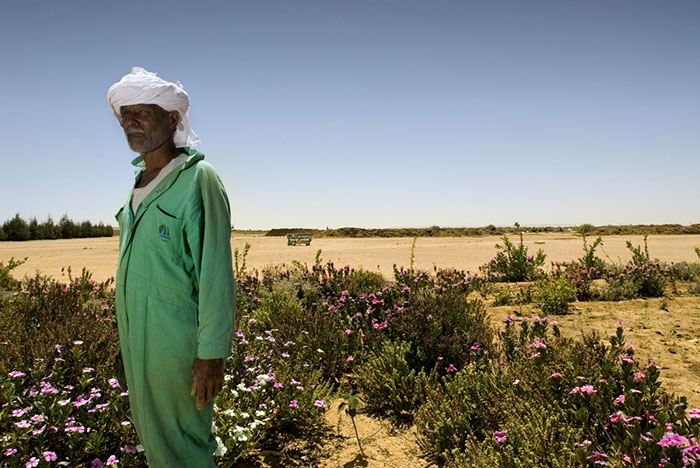
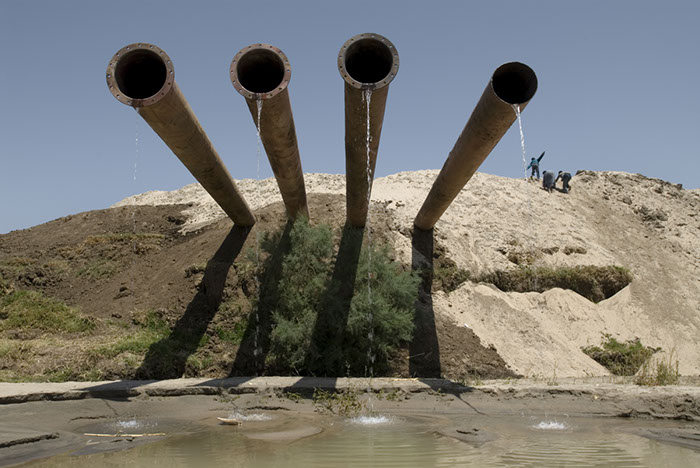
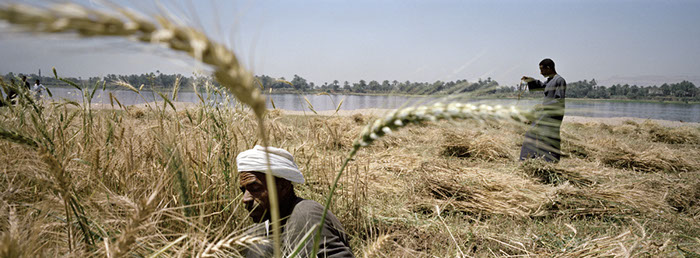
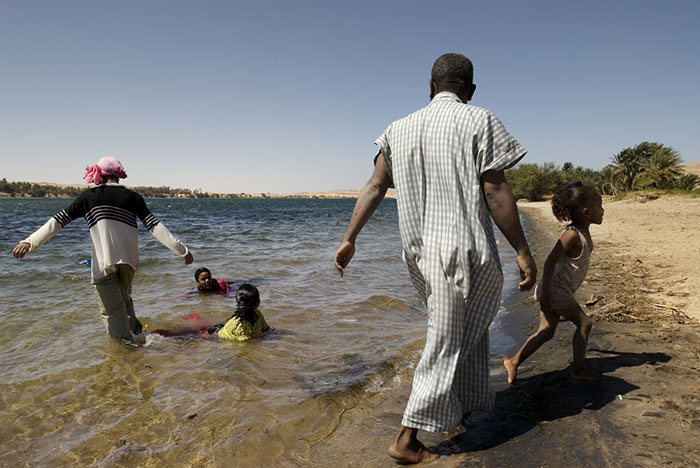
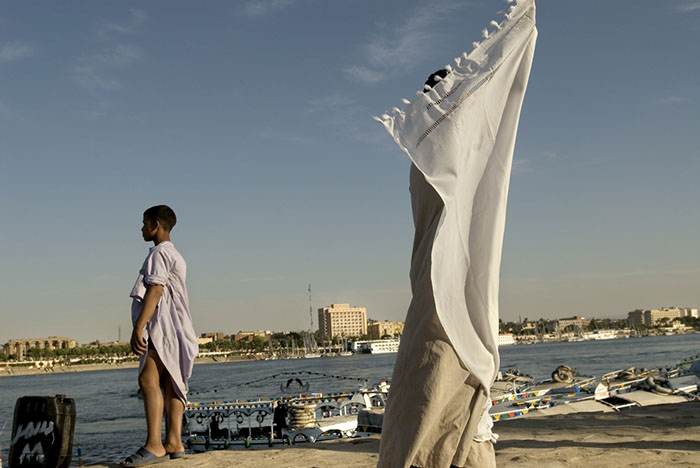
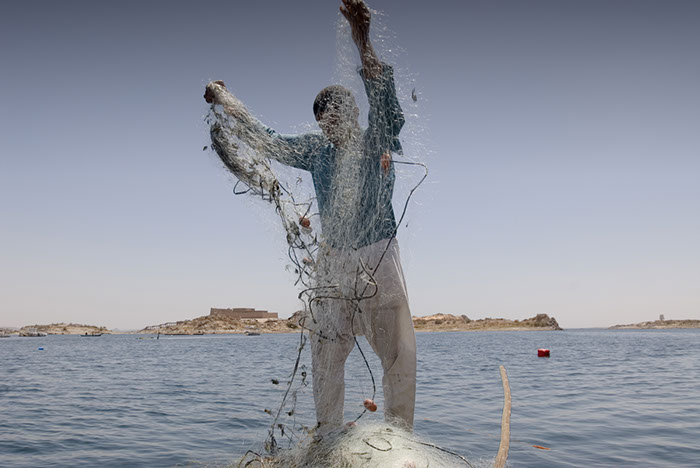
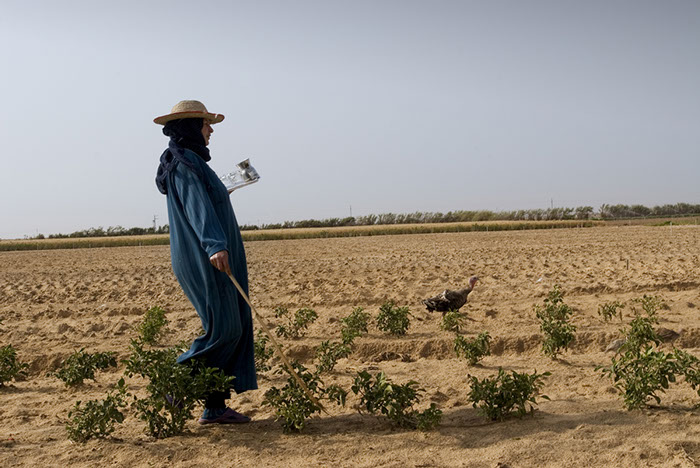
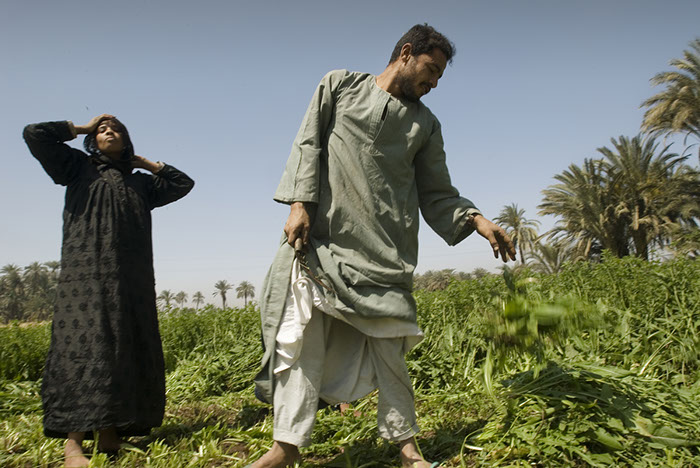
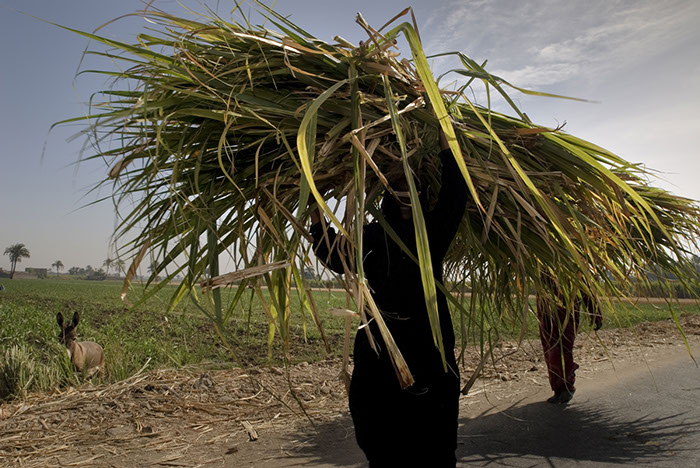
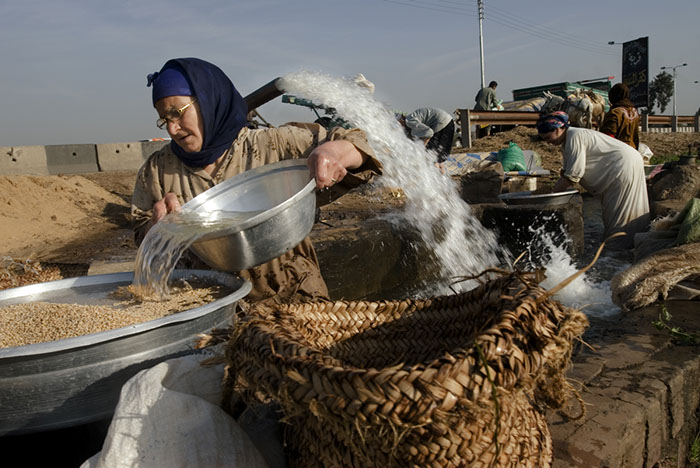
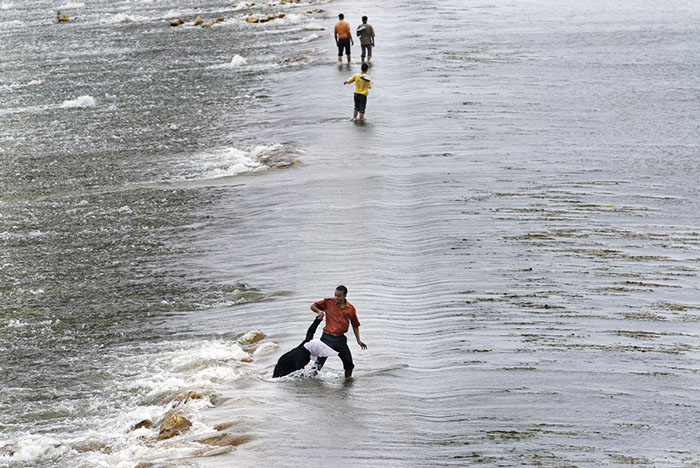
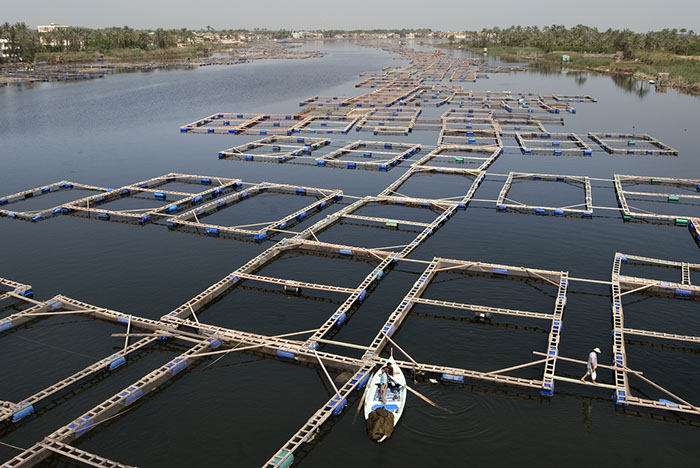
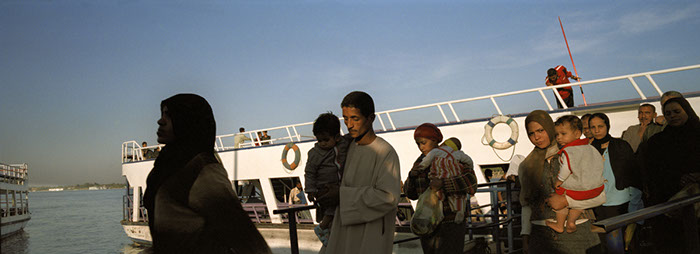
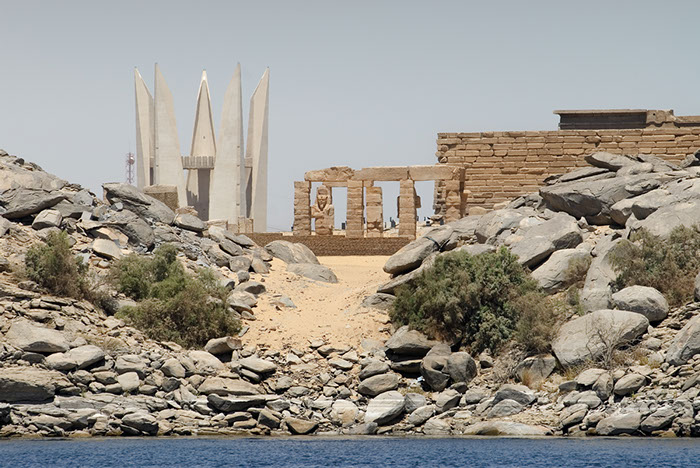
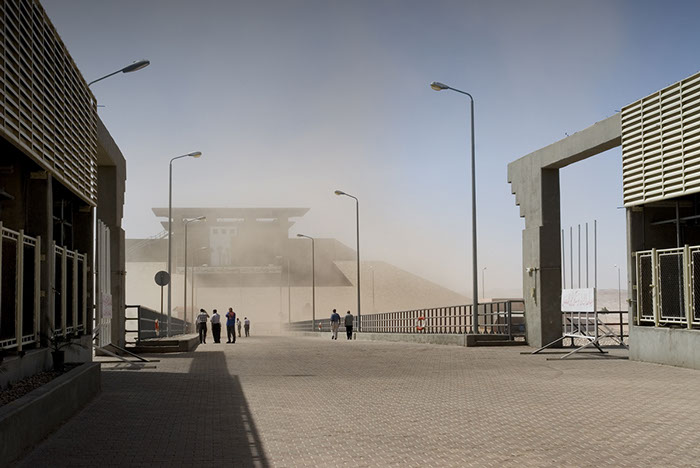
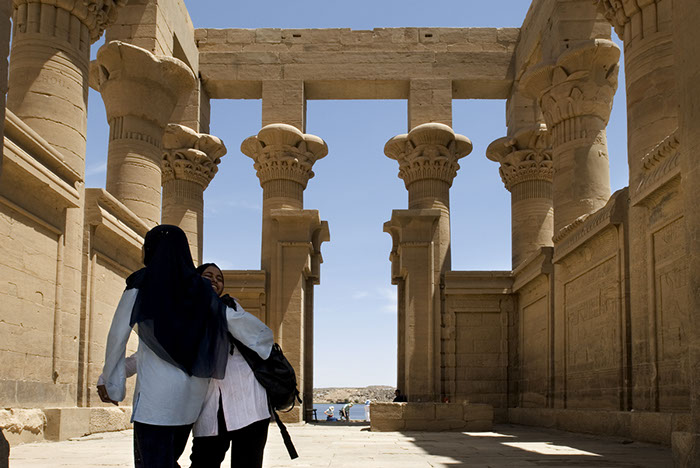
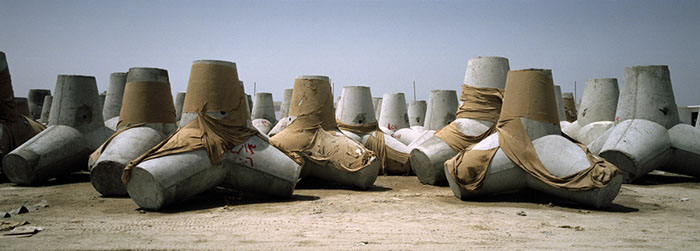
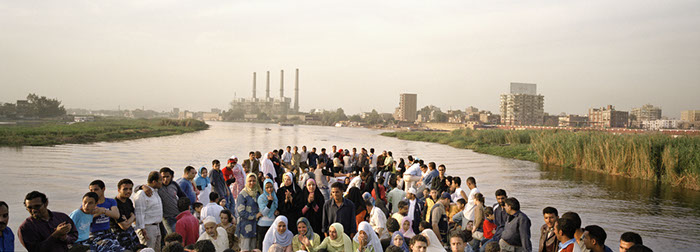
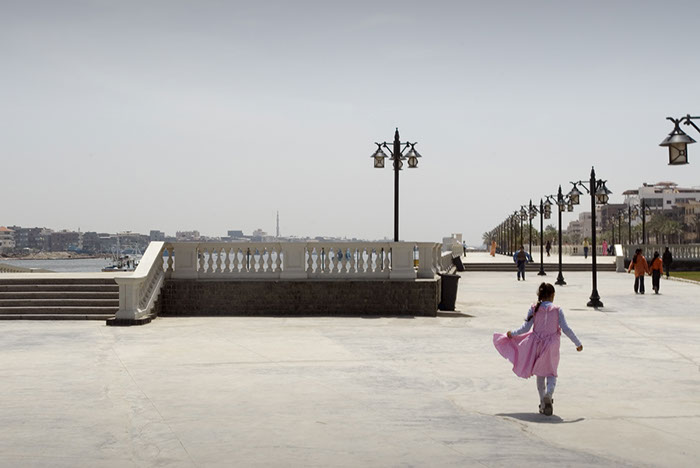
TOSHKA DREAM
TOSHKA DREAM
NILO RIVER AND WEsTERN DESERT
EGYPT
The infection is going on for decades and is rising.
It is the virus of mega water projects: both huge hydroelectric dams that block the course of the most important rivers of the hear and generate huge lakes, both made of cement pipes to carry water and agricultural development in infertile land, sometimes lost in the midst of deserts.
They are constructed looking especially at the production of electricity, remarkable in many cases, but almost always ignoring the side effects.
The repercussions in terms of environmental and social sustainability are, practically, never billed for a serious assessment of the costs and benefits in the short and long term, especially in developing countries.
And these costs, the real costs are very heavy: the disappearance of fertile lands cultivated for centuries, destruction of ecosystems, exodus of entire populations whose lands and houses are submerged, and sterility progressive salinization of soil in the areas reached by the works' irrigation ancillary to large dams, huge emissions of carbon dioxide due to the fermentation that occurs on bottoms of reservoirs, flood of archaeological areas, spread of malaria and other diseases, even earthquakes and more. Heavy sacrifices offered on the altar of these "temples of modern times", as he liked to define dams Indian statesman Nehru.
The Greek philosopher Herodotus famously called Egypt the “Gift of the Nile”. The mighty river that flows through Egypt’s arid desert has since time immemorial formed the country’s lifeblood. But today, the seemingly abundant supply is no longer enough to meet the needs of the ever-growing population. Like many countries in the region, Egypt has a high birth rate: every 23 seconds, a child is born and the population increases by around 1,3 million a year, reaching 71 million in 2006.
Combined with the limited water supply, the high population growth today forms a serious obstacle to the country’s development. The Nile is Egypt’s only source of water: 98 per cent of the country’s water supply comes from the river, and 96 per cent of the population is crowded into the Nile Valley, living on less than 5,5 per cent of the country’s total area. Densities here can rise above 1,000 inhabitants per square kilometre.
In the last ten years, a number of “national mega-projects” throughout the country aim to harness the precious Nile waters to green the desert, reclaiming new land outside the Nile Valley. They are designed to not only relieve overcrowding, but also to expand agriculture and create new jobs.
The Toshka project southwest of Aswan is one of Egypt’s largest and most ambitious projects since the completion of the High Aswan Dam in 1970. Pumping water from Lake Nasser to the desert, the government promises this will be “a second Egypt”, the “New Nile Valley” that will attract millions of inhabitants to new towns in the desert. Similarly, the Al Salam Canal Project in the Sinai Desert channels Nile water under the Suez Canal to irrigate the desert and supply water to new desert communities.
The agriculture in these new lands applies the latest irrigation technologies, while in the Nile Valley farmers often still use inefficient traditional irrigation methods to water small plots of land. But despite the struggle for land and water in densely populated regions like the Nile Delta, farmers still hesitate to move away from their beloved Nile which forms not only a reliable source of water, but also a part Egyptian identity and culture.






